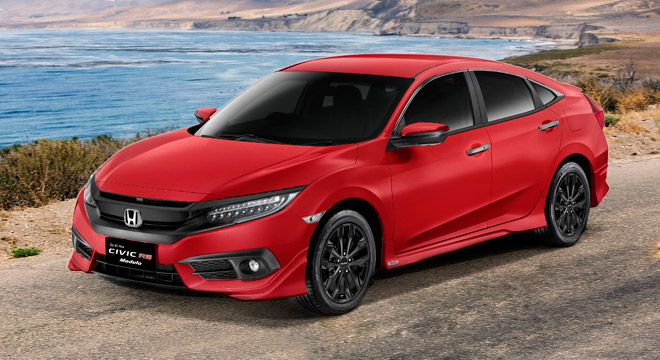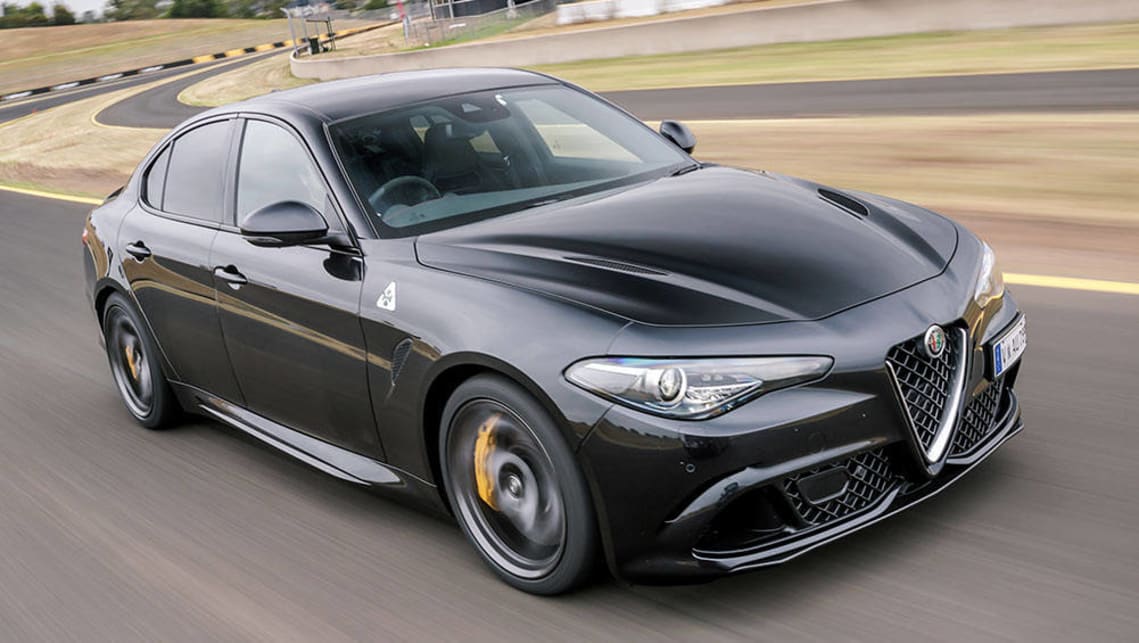The old adage ‘there is no replacement for displacement’ might be a little to old. Or is it? At the moment, most of the world’s car manufacturers are opting for downsizing. This topic is not new at all. But aside from the New York Auto Show that just happened, there is not a more interesting thing – unless you want to talk about recently crashed supercars – to talk about.

General Motors’ 454ci /7.4-litre V8 (photo from: chevrolet.com)
Downsizing is the effect of laws and legislation the world over to produce cars that produce less emissions and drink less fuel. Thus, instead of large capacity sixes and V8’s, turbocharged inline-4 or -3 cylinder engines run abound in most new cars. The logic that goes with this is by turbocharging, small capacity engines can reach the power and torque ratings of their large capacity counterparts. For example, Mazda’s normally aspirated SkyActiv 2.5-liter inline-4 produces 185 hp. In ‘downsized’ fashion, Honda’s 1.5-liter turbo-4 can produce power figures from 174-201 depending on application. From this we can glean that less is probably more.

At face value, downsizing might be the best thing that could ever happen to an internal combustion engine’s advancement. But, like Angelina Jolie’s double mastectomy, everything has its drawbacks.
A British company called Emissions Analytics have done their own tests in testing some 800 cars with a method that is arguably more accurate than what the NEDC (New European Driving Cycle) or EPA (Environmental Protection Agency) is doing. EA straps its portable emissions lab smack dab behind the cars they test. This might look ungainly and alien but is actually accurate. To make the long story quite short, they take the cars out for an actual real world testing. Not some simulated version of the real thing in a warm lab with white coated minions.
What they have found out is astonishing. The figures quoted by the manufacturers seems to have come from much larger engines. Among the worst offenders were the stalwarts of downsizing, namely Ford’s 1.0 EcoBoost, Fiat’s 900cc TwinAir, and other similarly diminutive engines. They came up the furthest from their quoted consumption figures.
The real cause for this discrepancy is the test governed by the NEDC. They test inside a thermally controlled lab and ‘simulate’ driving conditions that they think most people are doing. They feather the throttle gently at a virtual green light and drive the engine up to mostly 3,000 rpm where today’s engines’ peak power and torque are at. And that’s that. They miss that at 3,200 rpm, the taps open and efficiency goes down the drain.

What they fail to do is drive the way you and I do. At the slightest hint of the green light, we mash the pedal for that acceleration surge across the line. And at motorway speeds we don’t putter about in 60 km/h. Because it tells fellow motorists that you have an inadequate sausage and you do not have the balls, or the engine power to do so. Which is a counter-argument against having relatively big power in a small package. This is what happens when you let a bunch of lawyers and accountants and businessmen in office enforce things in the automotive world.
From an engineering standpoint, a turbocharged engine will throw more fuel and air into the mix to generate the same power as the larger engine under load. And then throw more fuel to cool the pistons because of the high boost pressures. At this point, a small engine is really stressed under load compared to the cool demeanor of a larger capacity engine.
“Most average buyers see the car as they do a toaster. An appliance. They end up hating the damn thing because they cannot reach the quoted (consumption) numbers. Unless they drive in a manner that will save Frankie the white polar bear.”
Weight is also one driving force for going bite-size. But since the E90 BMW M3’s V-8 is actually lighter than the E46 M3’s 3.2-liter inline-6, I would assume that today’s twin-turbo M3/M4’s engine is without an advantage. Especially as the engine bay of force-fed cars are complex. When you look at it, turbochargers are small creatures. But if you install one, you would have to run a plumbing job worthy of its own episode on Pimp My Ride just to cool it.

Mercedes-AMG GT-R with the “downsized” 4.0-liter V8 that churs out 650 bhp

The Aston Martin DB11 uses the same AMG engine, albeit in a “tamer” 503 bhp guise.
Another thing they take away is the sound. No turbo four would compare to the sound of a silky smooth inline-6 from BMW or the guttural thunder from Alfa Romeo’s Busso V-6. No turbo V-6 would hold a candle to any V-8. An inline-3, force-fed or not, sounds like fart.
Still on the hunt of being economical, some manufacturers revert to hybrid powertrains. But that hardly saves fuel at all. You can watch Jeremy Clarkson’s test on Top Gear – ooh, those two words in the same sentence brings back memories – which pits a Toyota Prius driven at its limits ‘round the Top Gear track with a V8 BMW M3 following suit mimicking the Prius’ pace. Guess what? The 1.8-litre inline-4 and batteries consumed more petrol than a 4.0-litre V8. You might argue that a Porsche 918 and a McLaren P1 works. But that is why they cost two kidney’s and a lung.
Sadly, the move to downsizing is also consumer, erm, driven. They see manufacturer’s claims as charming numbers and fuel efficiency is always a must have for average buyers. But most average buyers see the car as they do a toaster. An appliance. Then they end up hating the damn thing because they cannot reach the quoted numbers. Unless they drive in a manner that will save Frankie the white polar bear.
On the upside ‘right capacity’ turbo fours post acceleration numbers comparable to the V-6 or inline-6’s they are replacing. Same goes for forced-fed 6’s to their V-8 counterparts. And their economy is quite promising.
Nobody does ‘rightsizing’, however, better than Mazda. They have ditched the concept of going turbo on a sub-2 liter engine. They instead produced relatively large capacity inline-4 engines while topping fuel efficiency charts and reliability tests at the same time. They have realized that less is really less and that, still, there is no replacement for displacement when done right. Unfortunately, this no longer holds true in the face of Honda’s new 1.5-liter turbo as it beat the Mazda’s 2.5-liter SkyAvtiv in efficiency during a test. Not bad for a five-year-old Mazda.

Diesel or petrol? Either way this car is a hoot.
But in the event that the normally aspirated camp raises a white flag and we are all forced to swallow a pill that is turbocharged engines, I’d gladly take all Alfa Romeo Giulia offerings: diesel, petrol, and that fire-snorting Quadifoglio and anything that has Mercedes-AMG’s 4.0-liter twin-turbo V8.